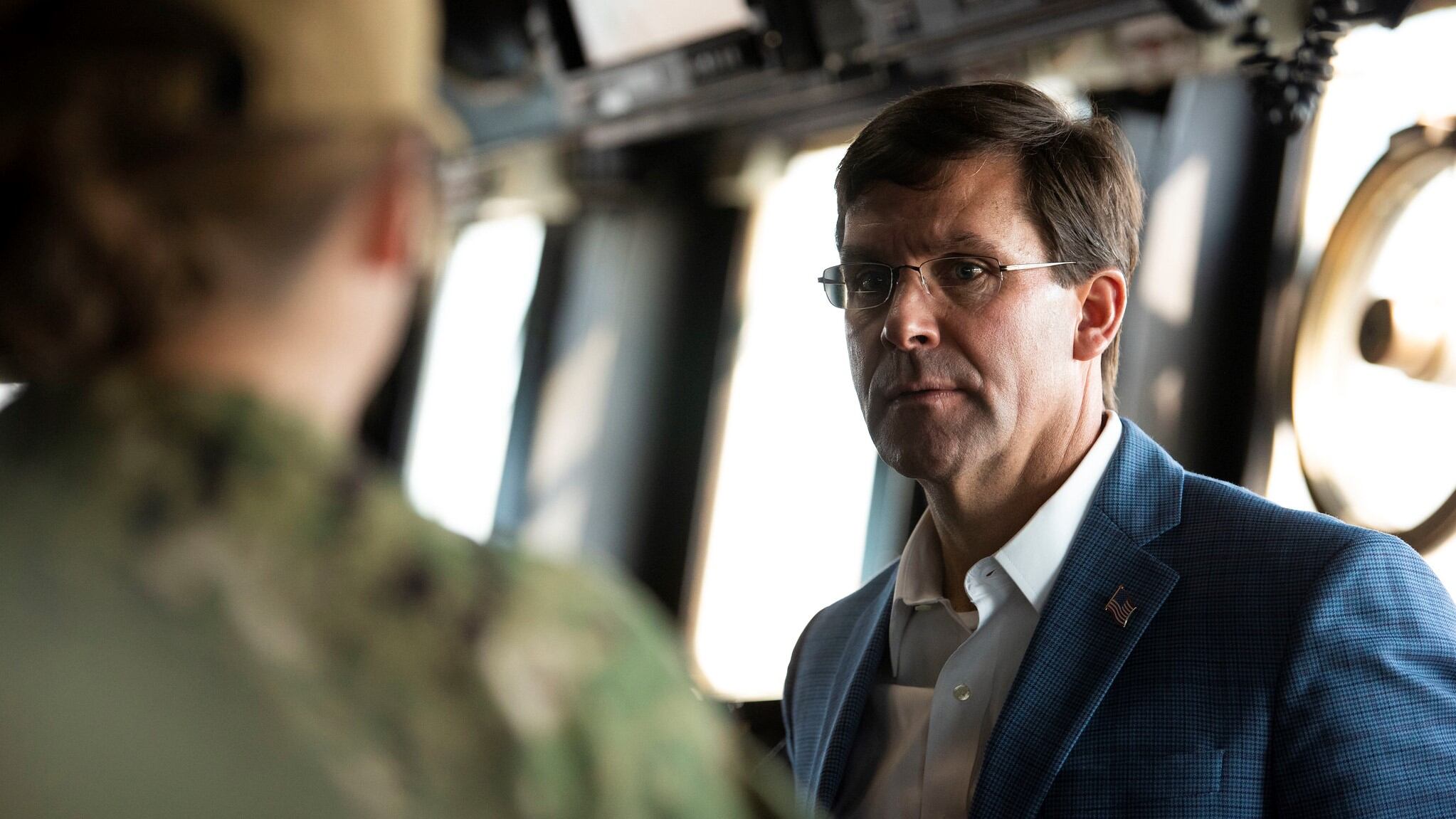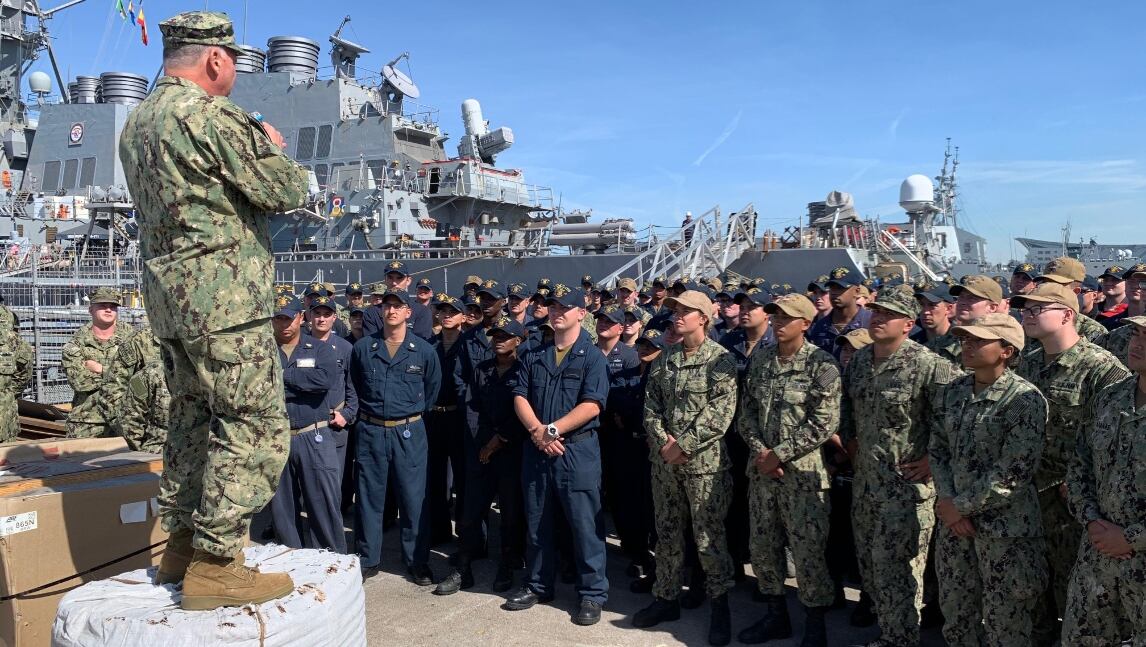WASHINGTON – The Navy is pouring money into its manpower budget as the number of unfilled billets on ships has swollen to 9,000 — up 2,750 from last year — the Navy’s top personnel official told Defense News.
In total, the Navy wants to add 7,300 sailors to the service’s total authorized active duty end strength to fill empty racks and ease manning troubles that have bedeviled officials trying to implement the Navy’s force generation plan.
The Navy is requesting $33.9 billion in funding for personnel in 2021 — $2.1 billion more than the service requested in 2020.
The hiring spree comes as the Navy proposes significant cuts to shipbuilding as the Pentagon eyes a future fleet filled with increasing numbers of robots replacing sailors.
“We are fully committed to closing gaps at-sea as quickly as possible by sustaining our near-record Sailor retention and aggressively increasing our recruiting goals,” Chief of Naval Personnel Vice Adm John Nowell said in an email.
“We owe it to our shipmates at sea to ensure every billet is filled with the right Sailor, who has the right training, and who is hitting the deckplates at the right time!”
At this time last year, about 6,250 billets were gapped, Navy Times recently reported.
That shortage has contributed to delays in staffing warships while crews train for deployments.
The Optimized Fleet Response Plan, or O-FRP, calls for ships to be fully manned by the beginning of the basic phase of deployment training, which is when sailors relearn the basics such as firefighting, safe navigation and operating the combat system.
But according to recent testimony by the Navy’s top Surface Warfare Officer — Vice Adm. Richard Brown — many ships aren’t getting their full crew complement until the beginning of the advanced phase, when the crews are supposed to learn high-end warfighting and unite as a carrier strike group while training as a team.
RELATED

The manpower shortage is just one of many problems dogging the Navy’s O-FRP force generation model — which is under review both within the Navy and at the Pentagon — and it’s not new.
Seven years ago, a deploying Arleigh Burke-class guided-missile destroyer was manned with only about 240 officers and crew, partly due to a dip in defense spending during an era marked by a high tempo of Navy operations.
This year, there should be about 265 personnel assigned to a DDG six months before it deploys.
By 2023, Nowell hopes to guarantee 285 on board the warship one year before its cruise starts.
“In this new era of great power competition, there has been an increased demand signal for Sailors across the Fleet to support enhanced readiness and growth,” he wrote in his message. “As a result, we have increased the overall number of billets at sea and are working aggressively to fill the subsequent gaps caused by this large-scale expansion of at-sea billets.
“To put this into perspective, by 2021, we will have created 23,000 new billets over the previous four years. This has contributed to the current number of Operational Sea Duty FILL gaps, which stands at 9,000 of 145,000 total billets.
“Concurrently, we are growing our Sailor inventory and there are more Sailors at sea than there were at this time last year, which means more ready ships, submarines and squadrons.”
RELATED

A force-wide review triggered by two deadly collisions in the western waters of the Pacific Ocean sparked questions about how well the Navy mans its warships.
Officials responded by raising the number of sailors on ships to meet the actual workload they face at sea.
Nowell told Navy Times last month that he expects to bring in about 40,800 personnel in Fiscal Year 2020, up from a little more than 30,000 four years ago.
RELATED

Navy Times Senior Reporter Courtney Mabeus contributed to this report.
David B. Larter was the naval warfare reporter for Defense News.




